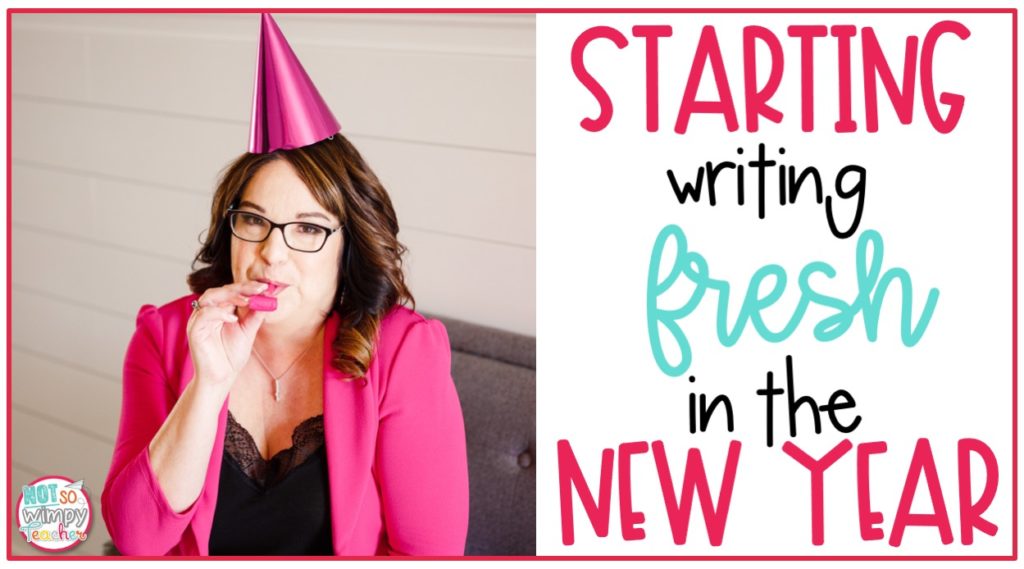
There’s a common expression that “September is the other January.” The return to a structured schedule is a natural time to set new goals and settle into new routines. This happens at the start of every school year.
But in the classroom, the opposite is also true. January is the other September. In September you set goals and establish classroom procedures. This dedicated practice cements routines and helps the classroom run smoothly.
At least until winter break, when students seem to forget everything you taught them. #amiright
After a long break, plan to review classroom procedures. But you can also use the new year to establish new routines, set goals, and enjoy a fresh start.
January is the perfect time to refresh your writing instruction.
Starting Writing Fresh
Take a few minutes to think about what writing workshop looked like before the break. Don’t worry, you don’t have to share your thoughts.
Maybe everything was going swimmingly, and you want to pick up where you left off. In that case, a simple review of what was working will serve you and your students well.
But maybe things were a bit chaotic. Or not all of your students were making progress. Or maybe you weren’t teaching writing at all.

That’s okay. Because January is your opportunity for a fresh start. No-one remembers what happened before break. This is your second chance to create a writing routine you and your students love.
Here are some tips for starting fresh in the new year.
Focus on Procedures
It is helpful to go over expectations for writing workshop.
Review important items like where to find writing materials and how to select a writing spot.
You might even need to take a few days to build up writing stamina again. Don’t despair. This is time well spent.
A review of your writing routine will save (and aggravation) time later. And increase student productivity.
To get the most out of writing workshop, students need to know what’s expected of them. And remember, you don’t have to stick to what you did before. January is the perfect time to refine procedures that weren’t working.
Procedures to Review:
You will want to review all the steps necessary for an efficient writing workshop. These include:
- what happens during writing time, specifically what each student is doing during the writing workshop
- how to locate, use, and store writing materials
- finding a place to write
- using the writing journal
- working independently and solving problems without interrupting the teacher
- writing the entire time
- what to do if you finish the assignment early
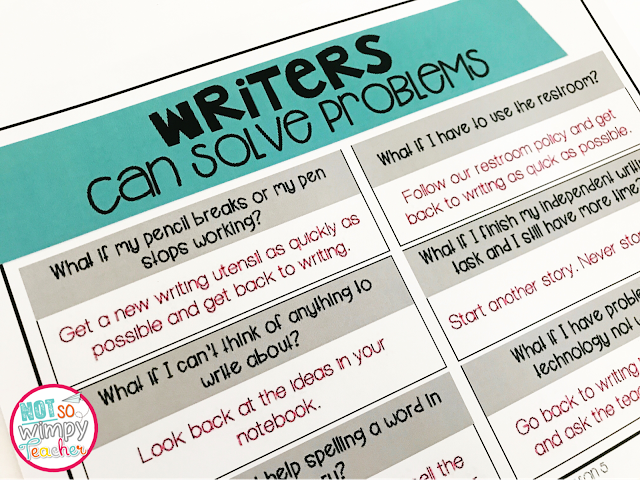
Want to learn more about teaching writing workshop procedures? You can find a detailed explanation of the process here.
Make it Fun
After a few weeks off, students may have a hard time sitting still. The last thing they want is to listen to you drone on about finding the perfect writing spot. Luckily, you can make the review process fun for students.
Try holding a class meeting to brainstorm what kids remember. You can use photos or task cards to get students talking about what is working, or not, in each scenario.
I like to put kids in pairs to create a mini-lesson for the other students. Assign each group one writing procedure and give them twenty minutes to design a lesson. They can create posters, slide shows, or anchor charts for the class. They can also role-play. Encourage students to demonstrate what not to do during writing workshop. This always gets a few giggles.
Finally, motivate students to transition quickly, by playing beat the clock. Tell students you will time them moving to their writing spots. Challenge them to beat their best time. You can even set a class goal for a speedy time.
There are lots of fun ways to review classroom procedures.
Celebrate Good Times
The new year is also a time to celebrate success. Students already know a lot more than they did back in August or September.
Help students reflect on how much they have already learned. Give students a writing sample from the beginning of the year and ask them what they notice about their work. Or try making a “We Can…” chart and have students identify the many writing skills they’ve already developed this year.
You can also use a writing assignment to help students celebrate their successes. My 60 Free Writing Prompts has the perfect prompt to help students recall and celebrate their favorite memories from 2023.
Set Writing Goals
Another new year tradition is setting goals. Help students understand that a goal is something they want to get better at in the new year.
Use class discussion to talk about why people set goals to help motivate them. Explain that the best goals are specific and measurable. It might be helpful to provide examples for your students.
For instance, “Be a better writer,” isn’t a great goal because it’s too vague. And there’s no way to know if you achieved it. “Write every day,” or “Write five sentences,” are better goals because they are specific.
“Be a better student,” also isn’t very good. Better examples would be “Follow directions the first time,” or “Take my time and check my work.”
Setting goals as a class can help build classroom community and foster cooperation. It is nice to have something to work toward as a group.
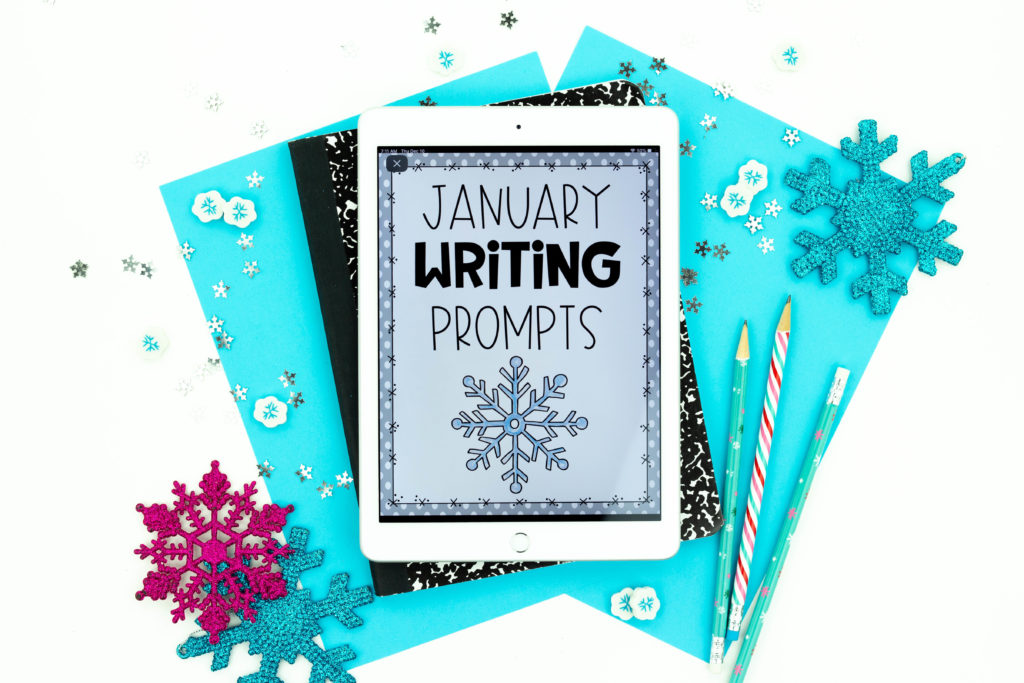
Students should also set individual goals. January writing prompt #2 is the perfect writing exercise to help students set personal goals.
Don’t forget to set goals for yourself. You provide a good example to the students when you set and share your goals with them.
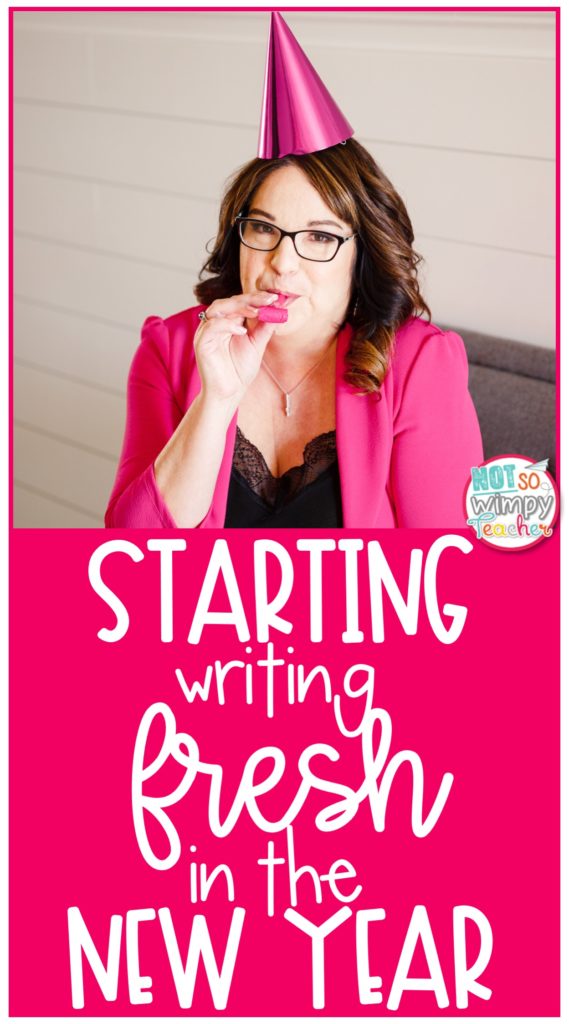
Finally, remember, it’s all about growth over perfection. While it may feel inspirational to set big goals and work hard to achieve them, don’t forget to celebrate the progress along the way. You shouldn’t expect perfection from your students or yourself.
Have a Not So Wimpy Day,


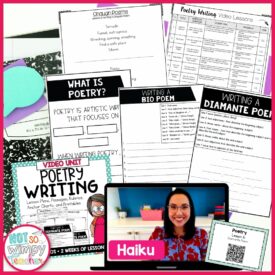



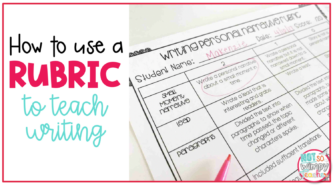
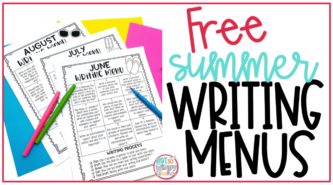












 End of Year Carnival Week for grades 2-5!
End of Year Carnival Week for grades 2-5!
Leave a Comment